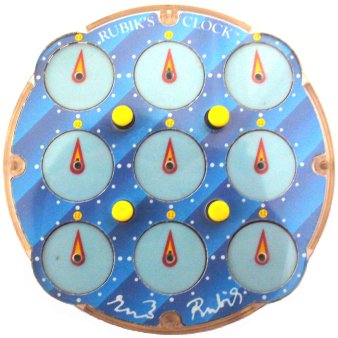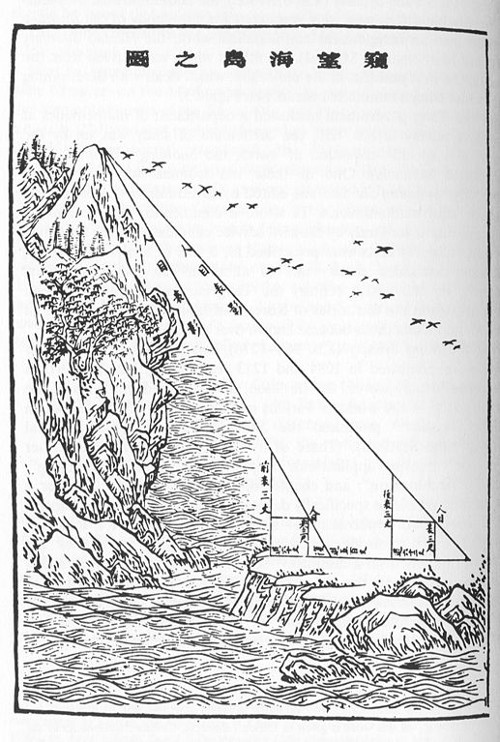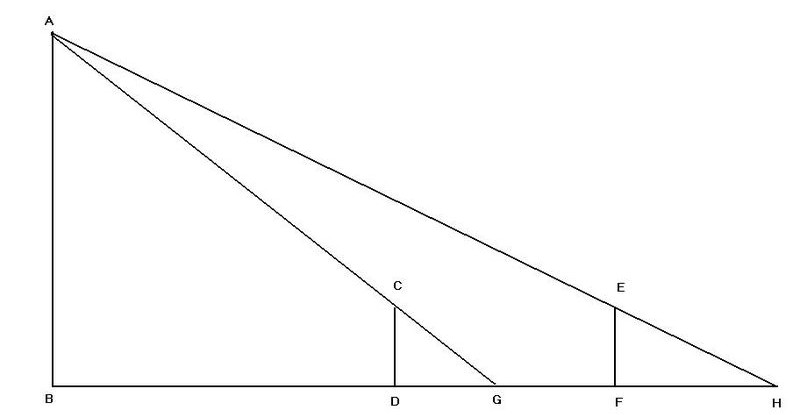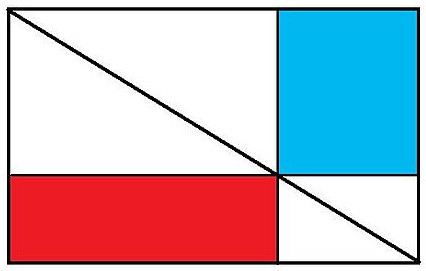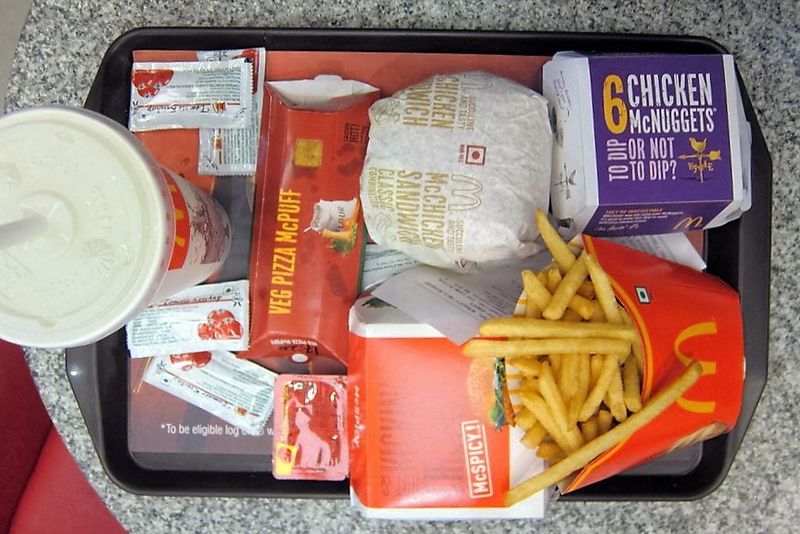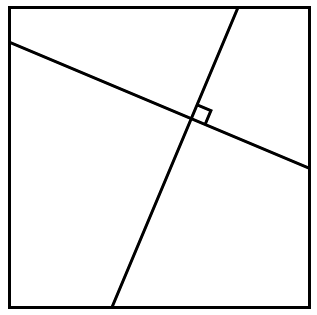
In 1833, to show that vultures found their prey by sight rather than smell, naturalist John Bachman made “a coarse painting representing a sheep skinned and cut open”:
This proved very amusing — no sooner was this picture placed on the ground than the Vultures observed it, alighted near, walked over it, and some of them commenced tugging at the painting. They seemed much disappointed and surprised, and after having satisfied their curiosity, flew away. This experiment was repeated more than fifty times, with the same result.
He confirmed the result by setting the painting within two feet of a heap of camouflaged offal in his garden. “They came as usual, walked around it, but in no instance evinced the slightest symptoms of their having scented the offal which was so near them.” He concluded that, while vultures may have a sense of smell, they don’t use it to find food.
See Vulture Picnic.



